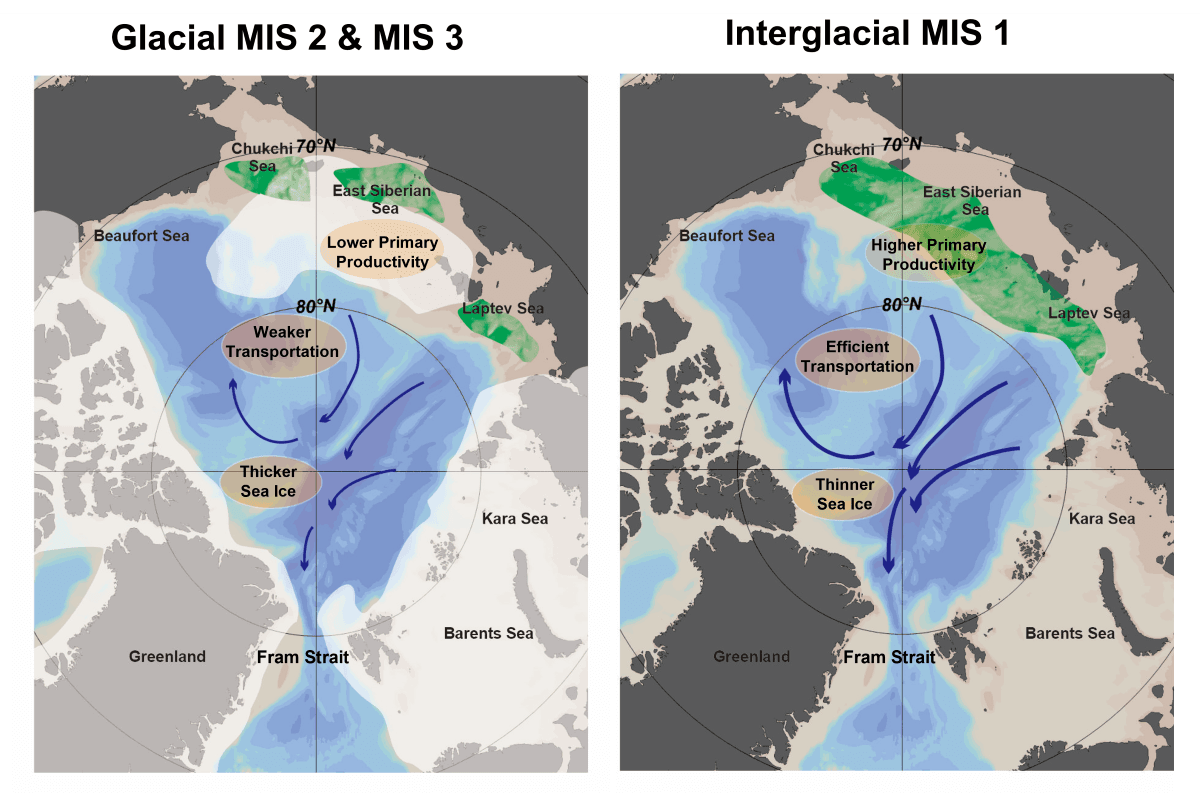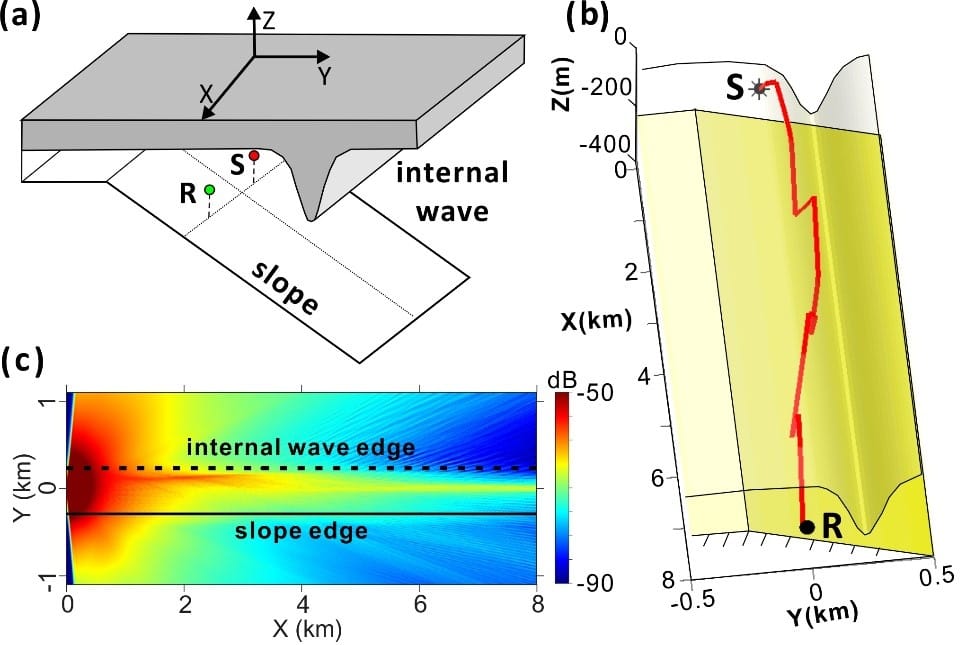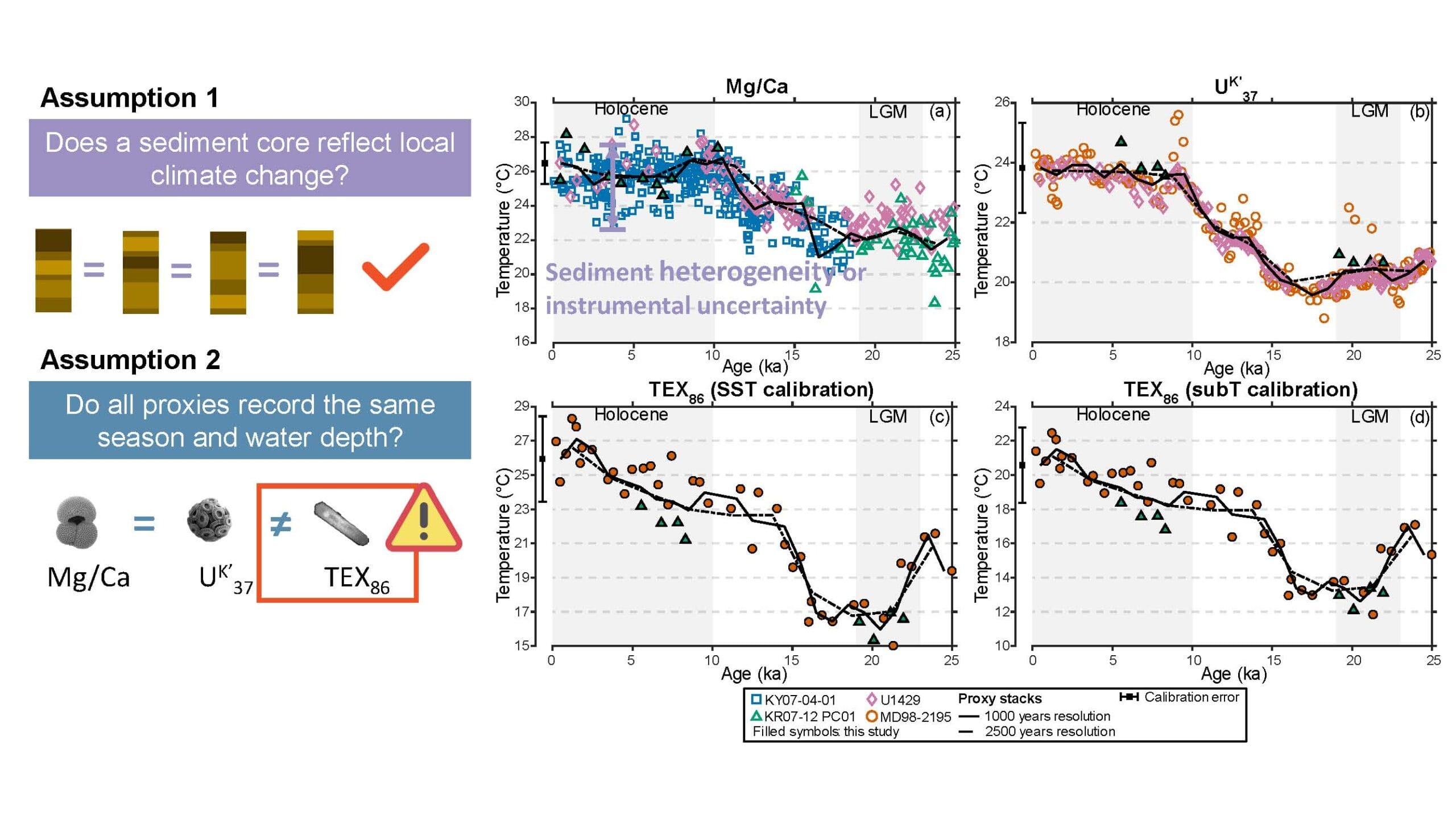謝志豪副教授(臺大海洋研究所/生態學與演化生物學研究所)和其合作的國際研究團隊,在十月二十六日 的《科學》期刊上發表一套用於分析生態系統中生物與非生物因子間因果關係(causality)的新方法。Scientist of National Taiwan University joining with an international team develops a new statistical method that can effectively investigate causal relationships in complex ecosystems.
Associate Professor, Chih-hao Hsieh, from the Institute of Oceanography/Institute of Ecology and Evolutionary Biology, together with an international research team develops a method to examine causal relationships in nonlinear dynamic systems. This study, published in Science (10/26/2012), provides a potential solution to determine the causes driving changes in complex networks such as ecosystems. This method helps ecologists distinguish true causal interactions from misleading correlations.
Correlation does not mean causation! Suppose two species show a significant correlation. Is it because these two species interact, or is it because these two species are driven by the same environmental factor? More challenging, the converse, lack of correlation does not mean lack of causation, is also true. This is a long-lasting question in science. To resolve this challenge, Clive Granger and Robert Engle pioneered an approach to use prediction rather than correlation as a criterion to determine causality for financial and economic data, which earned them the Nobel Prize in Economic Sciences. Granger’s technique is aimed at purely random systems; however, their method cannot be applied on nonlinear dynamic systems that have rules governing how the parts move.
To detect causal relationships in complex ecosystems, a new method, named Convergent Cross Mapping, was developed by the research team. This method extracts the “signature” left by causes embedded in ecological observations—-historical records known as time series (explained in animation below). This method was applied in historical records of sardines and anchovies (important fisheries) in the California Current Ecosystem. In the past roughly one hundred years, sardine and anchovy fish abundances fluctuated anti-synchronically. The controversial question is whether the anti-synchrony was caused by species competition or by opposite responses of the two species to the same environmental forcing. Results of the Convergent Cross Mapping analysis indicate that the anti-synchronic fluctuations of sardines and anchovies were driven by their opposite response to sea temperature but not by species competition. This method can have wide application in nonlinear systems. Those understandings have important implications for ecosystem managements and conservation.
References, websites, and animations
1. “Detecting causality in complex ecosystems” Science, Oct. 26, 2012.
2. “Causality test could help preserve the natural world” New Scientist, Sep. 28, 2012.
3. Animations showing the method of State Space Reconstruction for testing causality. Click the figure to see the animation in YouTube.
(a) Time Series and Dynamic Systems. http://youtu.be/7ucgQE3SO0o
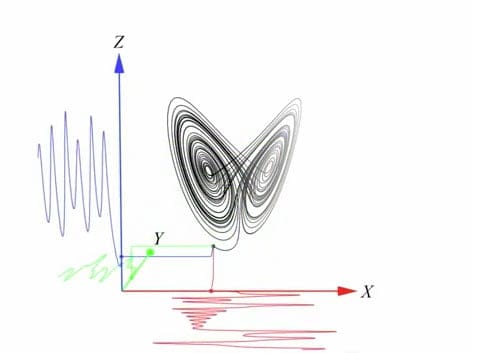
(b) Takens’ Theorem and Shadow Manifolds. http://youtu.be/rs3gYeZeJcw
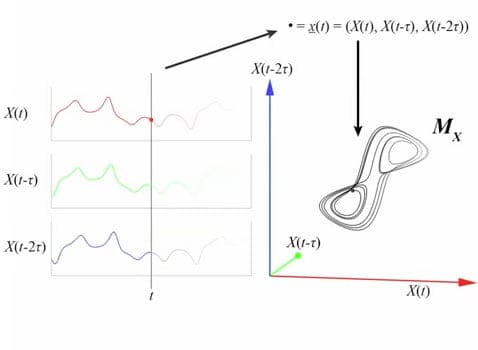
(c) Convergent Cross Mapping. http://youtu.be/NrFdIz-D2yM
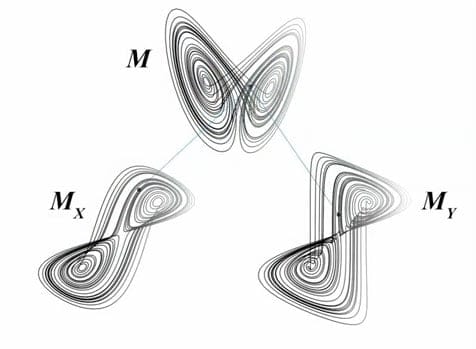
Chih-hao Hsieh
http://homepage.ntu.edu.tw/~complex/ecoinformatics_c.html這個方法能分析生態系等複雜系統改變的真正成因,分辨真實的因果關係,解決長久以來科學家以相關性的統計分析來推斷因果關係的迷思 。
『月暈而風,礎潤則雨』。但月暈不是風的成因,而礎潤也不是降雨的理由。看似相關的兩件事,不見得有因果關係。拿一個簡單的生活例子來說明:夏天時大家容易心浮氣躁,夏天時冰淇淋也賣的比較好,所以心浮氣躁與冰淇淋的銷售量在統計上有很好的相關,但兩者間其實並沒有因果關係,只是都受到天氣的影響。這或許是個明顯而可笑的例子,但類似的情況在生態系的研究中,往往成為懸而未決的難題。例如:我們看到自然界中兩個物種的族群動態有顯著相關,可能是因為兩個物種間有種間互動,但也有可能是兩個物種同時受到相同環境因子的影響。兩者間的統計相關性,並不代表其中有因果關係,相反地,缺乏相關性也不表示兩者間沒有因果關係。在真實的生態系中,影響生態系變動的因子非常複雜, 要找尋真正的關鍵因子就像大海撈針一樣。
這個懸案直到Clive Granger與Robert Engle教授,才展露曙光。他們放棄傳統的相關性而改用預測為依據,來進行因果關係的分析,並在分析財務與經濟數據中證實。這項研究突破,為他們贏得2003年諾貝爾經濟學獎。Granger的方法雖然解決一部分相關性與因果間的關係,但這項檢驗方法乃是針對隨機系統(linear stochastic systems)設計的,並不適用於生態系統這類內部運作具有規則性的非線性動態系統(nonlinear dynamic systems)。
為了檢測複雜系統(complex systems)中的因果關係,謝志豪副教授及研究團隊發展出「收斂交叉映射法」(Convergent Cross Mapping)來進行檢驗。簡單來說這個方法的原理是根據「凡走過,必留下痕跡」而設計出來,他們利用時間序列資料,檢驗“A”是不是在“B”的歷史中留下痕跡;若是,則A便是造成B的“因”(詳細說明請見以下動畫)。在發表於《科學》期刊的文章中,他們利用此方法來分析加州洋流生態系的兩大重要漁業—鯷魚與沙丁魚的歷史資料,從而釐清加州沙丁魚與鯷魚族群變動成因的爭議。過去一百年來,沙丁魚和鯷魚族群量多次發生反同步(anti-synchronistic)的族群變動,呈現出一增一減的明顯負相關,這些族群的變動,究竟是來自於兩個物種的種間競爭,還是環境(海洋溫度變化),長久以來一直爭議不斷。利用此一新方法,研究團隊顯示出,這兩個物種的反同步族群變動,是因為對海溫變化的不同反應,而非種間競爭。此方法亦可用於其他非線性系統,用以探究系統動態與其背後成因,對於未來生態系管理與保育將有極大貢獻。
延伸閱讀
1. “Detecting causality in complex ecosystems” Science, Oct. 26, 2012.
2. “Causality test could help preserve the natural world” New Scientist, Sep. 28, 2012.
3. 下列動畫解釋如何以狀態空間重建法(State Space Reconstruction)檢驗因果關係。點選圖片將帶領您連結到YouTube的動畫。
(a) 時間序列與動態系統 http://youtu.be/7ucgQE3SO0o

(b) Takens定理與影子流形 (Shadow Manifolds) http://youtu.be/rs3gYeZeJcw

(c) 收斂交叉映射 (Convergent Cross Mapping) http://youtu.be/NrFdIz-D2yM

Chih-hao Hsieh
http://homepage.ntu.edu.tw/~complex/ecoinformatics_c.html




